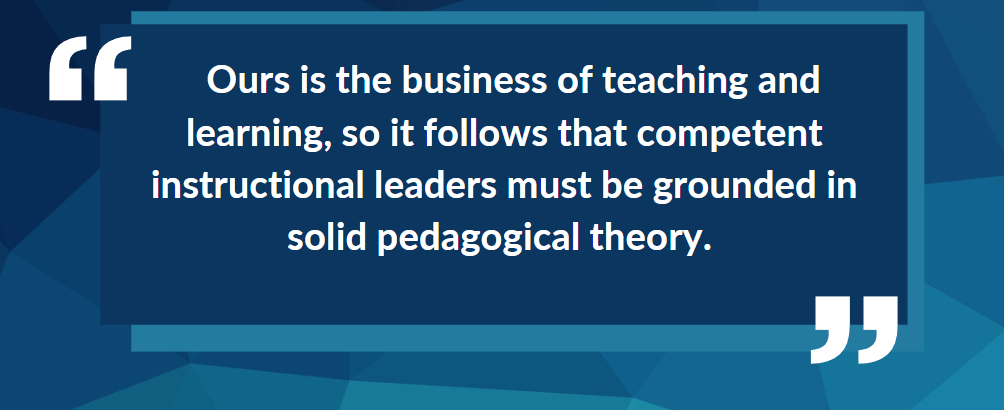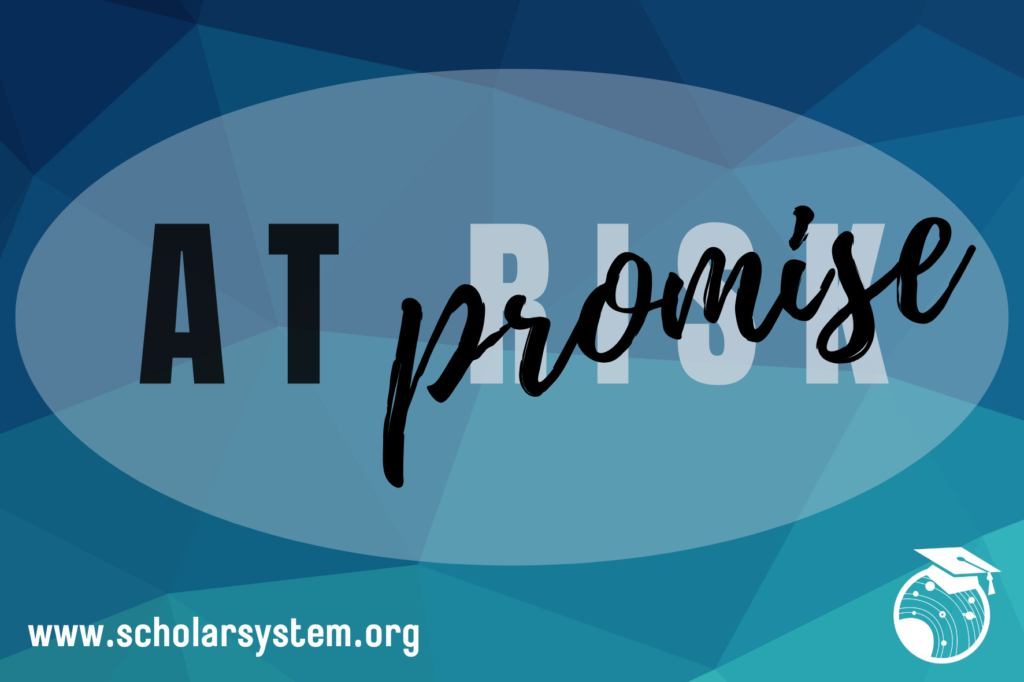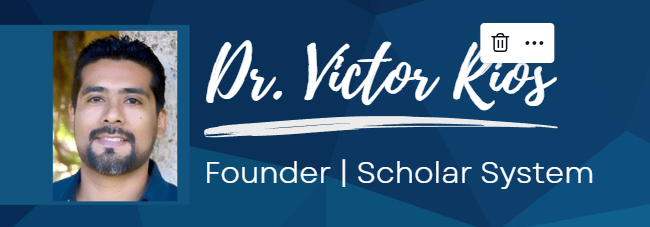Scholar System
making instructional Leadership a Priority | Audrey Lee
Making Instructional Leadership a Priority
February 2023 | Scholar System Solution
Finding Time for Instructional Leadership
It’s no wonder a site administrator’s role leaves but a few minutes a year to think about instructional leadership. Between the angry parents, the broken (for the tenth time this month) copier, and the unexpected Fire Drill, the reason you went into administration often gets lost. However, it’s important to remember you didn’t become an administrator to be the best manager of Lunch Duty in the state. Rather, you chose this path because you wanted to impact the lives of students. You wanted to make positive changes.
Instructional Leadership is About Balance
The Masbloom framework (click here to learn more) necessitates a continual balance between high expectations and social and emotional well-being. Similarly, a school leader must be a systems manager in tandem with strong instructional leadership. Schools can continue to function, even if management is insufficient to prevent general disorder and chaos. But to thrive, schools need not only effective system management, they need instructional leadership.

Instructional Leadership is Hard Work, but It's the Right Work
Instructional leadership must surpass the rubrics and check-off lists of the traditional teacher evaluation process, which is at best bureaucratic and at worst impedes teacher efficacy. We consistently remind our educators not to work as hard as the students. In the case of instructional leadership, the opposite is true.
Ours is the business of teaching and learning, so it follows that competent instructional leaders must be grounded in solid pedagogical theory.
What do Teachers and Students Need?
As you evolve towards a Prosperity-Based future, keep in mind the instructional leadership tips outlined below for your staff. You must be a learner alongside your staff on this journey and will need to approach this work with a Masbloom mindset as well: by holding high expectations for your teachers while providing support and empathy. When you adopt this learner mentality, your students will benefit.
Teachers want practical strategies, not binders!
It’s unfortunate no educator entered the profession for the money, as we would have been better served buying stock in binders. Our garages are still full of dusty binders from trainings past, brimming with Power Point printouts and Two Truths and a Lie. But, like us, teachers don’t need another binder.
Teachers believe our many initiatives are important. But they also want to see what it looks like. Teachers want something to take away and use tomorrow with students. This guide is designed specifically for that purpose: each session models research-based best practices and provides ready-to-go classroom activities. Your job is to highlight these strategies, discuss how they can be modified for students, and (most importantly) celebrate and reinforce when you see those changes occur in the classroom.
Teachers need support and empathy
We all became educators to change student lives. However, change is difficult. No one likes to feel like a novice in their chosen profession, especially one they’ve dedicated their hearts (and pocketbooks) to.
When transitioning to the CCSS a decade ago, I often showed a picture of Frankenstein to administrators as a reminder that we—the educational system—created our own monster. As a system, we spent fifteen years in the black hole of No Child Left Behind, holding our teachers and their pay hostage for test scores. It was no wonder that the subsequent transition to an era of critical thinking and problem solving was an adjustment for all educators.

As you progress through this year, remember to be a source of positivity for your colleagues, to demonstrate a projection of success just as we are asking them to demonstrate for their students. Transformation is hard work, and it can only be accomplished with your support and leadership.

Scholar System
what does it mean to be at promise? | dr. victor rios
What Does it Mean to be At Promise?
February 2023 | Scholar System Solution
At promise students are those who have traditionally been labeled “at-risk.” These students may be described by their schools as “difficult,” “challenging,” or “troubled.”
But I see it differently.

I see these young people through a perspective that looks at the assets and the promise they bring to the educational system, not the risks. How do I know that these young people have the potential and the promise to change? I know this because I am one of them. But the reason I’m here today is because one educator–someone like you–changed my life.
Too often, rather than providing the critical support at-promise students need and deserve, our educational system inadvertently exacerbates the adversities they already face.
In Systems of Prosperity, educators provide equitable resources for at-promise students to thrive rather than just survive. The difference between survivors and thrivers is that survivors live day-by-day, attempting to overcome the obstacles of their environment. In contrast, thrivers have planned for a better future and have developed a pragmatic agenda to accomplish educational, life, and career success.
share :
Watch My TED TALK
Help for Kids the Education System Ignores
I founded Scholar System to provide educators with the tools to ensure all students–including our most vulnerable–thrive. Together, we can create Systems of Prosperity that honor student strengths and stories, synchronize high expectations with high support, and ultimately transform student lives.
Khalil Gibran says, “Out of suffering have emerged the greatest souls. The massive characters are seared with scars.”
I welcome you to join my team at Scholar System in projecting a future for our young people that they have yet to conceptualize.
